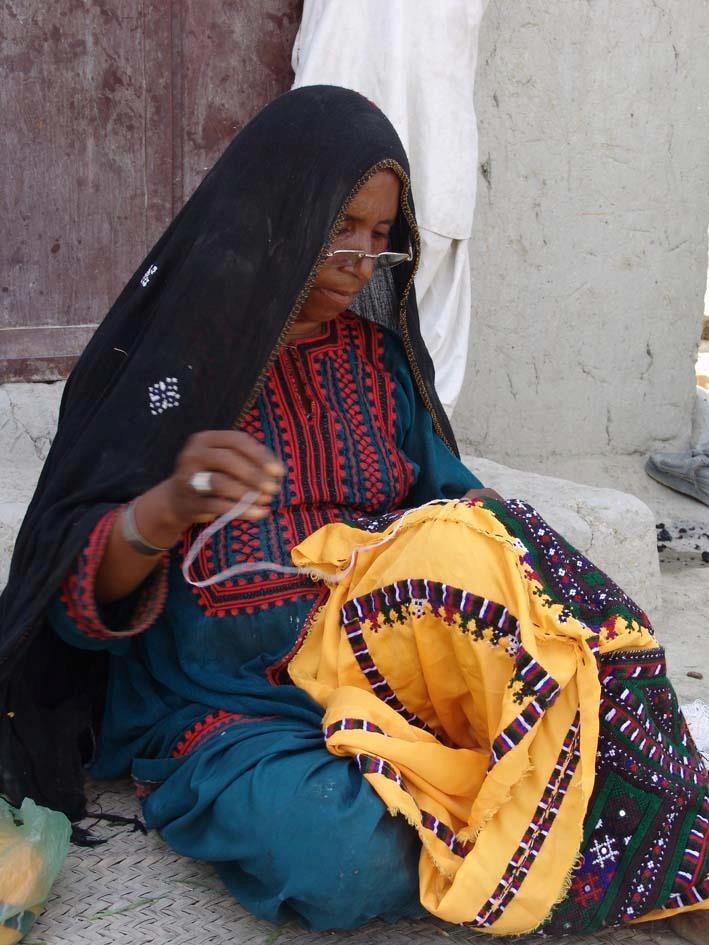Tehran is to host a three-day cultural program from Sept. 8 to help introduce the Baluch people of Iran.
Baluchis live mainly in the Baluchistan region on the southeastern-most edge of the Iranian plateau in Pakistan, Iran, and Afghanistan.
Approximately 25% of the Baluch population lives in Iran. Available data puts their number at 1.5 million. The vast majority of Baluchis resides in Pakistan, and a significant number (about 600,000) in southern Afghanistan.
The Tehran event will display Baluch embroidery, which is a form of decorative needlework, from a recently created brand by an all-female group named “Banook”, based in Saydbar village in Chabahar county in Sistan and Baluchestan Province, ISNA reported.
Most Baluch women in Iran wear dresses whose upper part and sleeves are stitched with attractive and colorful embroidery.
To further familiarize visitors with Baluchi customs and traditions, the organizers have arranged screening of three documentaries from the region. The film “Askoo” directed by Mohammad-Ali Hashem-Zehi is set to be screened at the opening ceremony. It shows the friendship between a camel rider with his camel Askoo.
Two other films selected for screening are “Moonlight” also directed by Hashem-Zehi and “Three Handfuls of Soil” written and directed by Yasser Kheir.
On Sunday, Baluch women will prepare traditional cuisines and teach visitors how to prepare the special dishes. Also organized for the day is a meeting in the presence of food scientist Setayesh Faraji on the sociology of Baluchi food.
The program, organized by Iran-e Man (My Iran) Organization, will be hosted by National Geography Center located at No. 14, 35th Street, Alvand Street, Argentine Square.
Iran-e Man is a private organization active in promoting education for children in the less-privileged regions by raising money for building and renovating schools.
The province of Sistan and Baluchistan shares a border of over 1,100km with Pakistan and Afghanistan. The Baluch living in the Iranian province and Pakistani and Afghan Baluchistan have similar customs and traditions. Several factors account for interaction between the populations. Socio-cultural and economic factors are the major grounds of interactions. Trade is the economic foundation of the border region.


